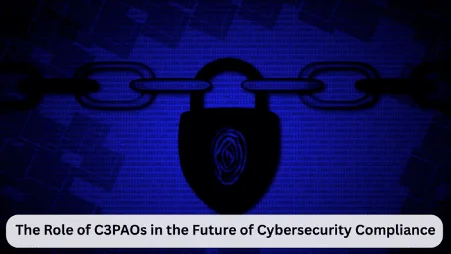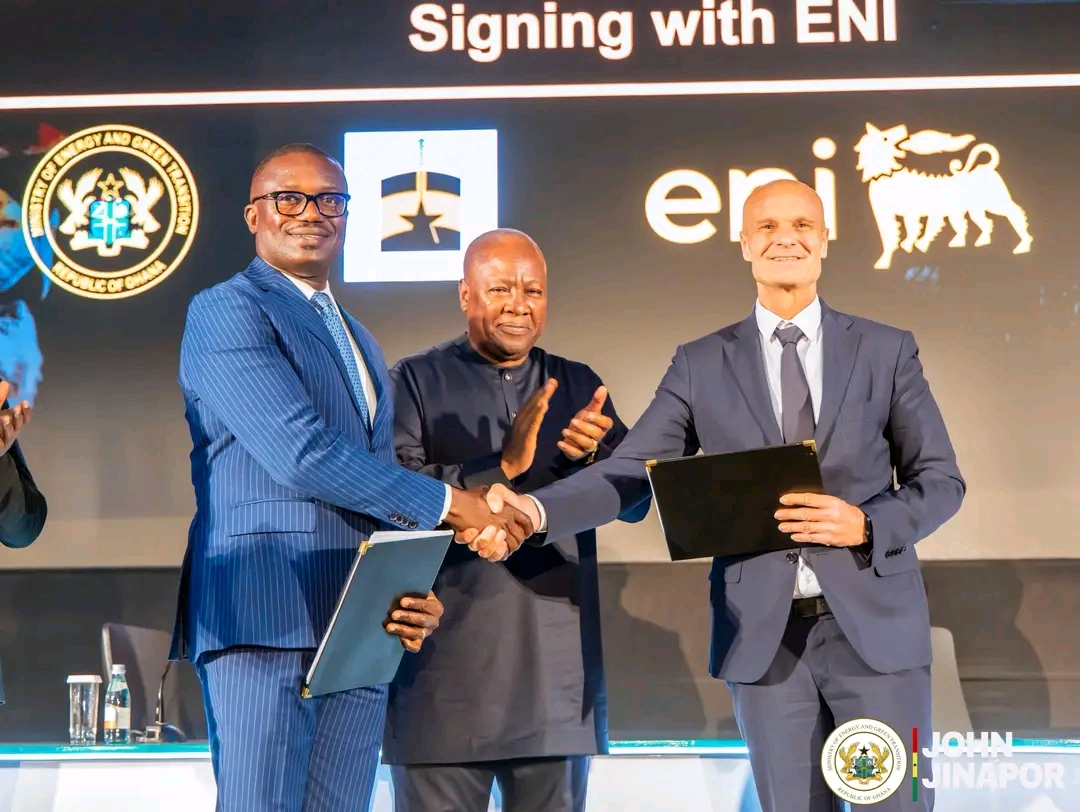By Alexia Hope
Copyright researchsnipers

The Cybersecurity Maturity Model Certification (CMMC) 2.0 finally became operational on December 16, 2024, signaling a new dawn for Defense Industrial Base (DIB) companies. And on January 2, 2025, defense contractors began enlisting C3PAO services in a frantic effort to beat CMMC’s short compliance deadlines.
If you’re new to the CMMC framework and are wondering if you need C3PAO audits, this article is for you. Read below as we unpack the role of C3PAOs in ensuring the future of cybersecurity compliance.
What Is CMMC?
The Cybersecurity Maturity Model Certification is a Department of Defense (DoD) program designed to enforce cybersecurity compliance throughout the Defense Industrial Base.
CMMC spells out controls that defense contractors must satisfy to protect sensitive information. The framework was recently updated to CMMC 2.0, up from CMMC 1.0. It became operational in December 2024, with C3PAO-led assessments commencing in January 2025.
Who Are C3PAOs?
Third-party assessor organizations (C3PAOs) are entities authorized to conduct CMMC compliance assessments on the DoD’s behalf.
C3PAos specifically audits CMMC Level 2 defense suppliers, which include businesses that process Controlled Unclassified Information (CUI). You can view a list of fully accredited C3PAOs on the Cyber Accreditation Body (Cyber AB) website.
C3PAOs differ from 3PAOs (third-party assessment organizations), which audit cloud service offerings (CSOs) on behalf of the Federal Risk and Authorization Management Program (FedRAMP).
What Role Do C3PAOs Play In The Future Of Cybersecurity Compliance?
1. Safeguarding the Defense Supply Chain
The Department of Defense has recorded a wave of aggressive cyberattacks lately. Many of these campaigns are waged directly at the DoD’s critical infrastructures, often causing massive exfiltration of highly sensitive information.
According to the Center for Strategic and International Studies (CSIS), a significant percentage of DoD-aimed hacking attempts emanate from China- and Russia-backed actors. While most of these threats don’t see the light of day, they’ve critically strained the relationship between the United States and the involved nations.
C3PAOs play a central role in enforcing CMMC compliance. Based on their audit reports, the DoD can determine if a contractor poses significant risks to the defense ecosystem.
Note that the DIB is an interwoven network of 100,000+ companies. A breach in one business can have far-reaching implications, underscoring the imperative of active threat prevention.
2. Auditing Level 2 Defense Contractors
The newly revamped CMMC framework features three maturity levels, namely;
Level 1/FoundationalLevel 2/AdvancedLevel 3/Expert
Most defense contractors fall under the Advanced Level, which also requires C3PAO-led assessments. By auditing Level 2 businesses, C3PAOs help streamline CMMC compliance across the defense ecosystem.
To achieve Level 2 certifications, contractors must demonstrate adherence to 110 cybersecurity controls based on the National Institute of Standards and Technology (NIST) Special Publication (SP) 800-171. These requirements align with the industry standards for safeguarding CUI.
3. Prequalifying Contractors for Level 3 Certifications
Level 3 is CMMC’s most sophisticated maturity level, targeting contractors handling high-priority CUI. It aims to safeguard the defense supply chain against Advanced Persistent Threats (APTs), such as social engineering and spear phishing campaigns.
Organizations seeking CMMC Level 3 assessments must meet all 110 NIST 800-171 protocols plus the entire NIST 800-172 requirements. C3PAOs don’t involve themselves directly with Level 3 assessments. Instead, such audits are undertaken by officials from the Defense Industrial Base Cybersecurity Assessment Center (DIBCAC).
But as mentioned, defense contractors must fulfill Level 2 requirements before applying for Level 3 certifications. That makes C3PAO-led assessments mandatory for both Level 2 and Level 3 clearance.
4. Facilitating Ongoing Compliance
CMMC compliance isn’t a one-time event. Why would it be when cybercriminals are constantly lurking in the shadowy alleys of the internet, looking for vulnerabilities to exploit?
To ensure ongoing CMMC compliance, the DoD mandates periodic audits.
Level 1 businesses can self-assess annually. Meanwhile, Level 2 and 3 contractors must schedule assessments triennially.
Mandating CMMC assessments every three years is a proactive approach to averting defense supply chain cyber threats. As non-compliance consequences can be costly, defense contractors will pull out all the stops to defend their certifications.
5. Undertaking Unbiased Assessments
Scheduling C3PAO assessments isn’t just a regulatory requirement. Even if you could self-assess or work with standard assessors (a provision for Level 1 businesses), it pays to enlist C3PAO services.
C3PAOs don’t answer to OSAs. Rather, they’re only accountable to the Cyber AB. That means you can trust their audits to be professional, unbiased, and above board.
By undertaking credible assessments, C3PAOs help foster standardization in the Defense Industrial Base. C3PAOs also help level the playing field across the DIB.
A defense contractor cannot read malice into their cybersecurity assessment findings. After all, the same yardstick would be used on their competitors.
6. Helping Contractors Understand Their Cybersecurity Posture
C3PAO audit reports enable defense contractors to better understand their cybersecurity posture.
You can leverage a C3PAO’s objective assessments to uncover strengths and weaknesses in your organization’s information storage systems, then implement the necessary controls.
Understanding your company’s current cyber hygiene isn’t just critical for securing the future of cybersecurity compliance. It also provides a mechanism for proactive threat monitoring, preventing operational downtimes occasioned by successful breaches.
7. Proofing Against Future Threats
When you enlist a C3PAO for CMMC Level 2 assessments, your immediate wish is to obtain a “Met” score. That means you’ve implemented all 110 controls for safeguarding the CUI in your systems.
However, the impact of C3PAO assessments doesn’t end at the scoring part. Their audit reports can uncover glaring cybersecurity vulnerabilities in your information systems which, hackers could exploit to gain a foothold in your company.
Sealing these gaps not only inches you closer to obtaining CMMC Level 2 certification. It also protects your business from the costly impacts of unprecedented attacks.
Note that C3PAOs don’t offer advisory opinions to the organizations they audit. That’s a best practice designed to ensure objective and unbiased audits.
However, C3PAOs’ assessment reports can provide useful insights into the weaknesses within your CUI storage assets.
Safeguarding the Defense Supply Chain Through Robust Cybersecurity Assessments
C3PAOs are central to CMMC’s enforcement. Without their services, companies handling controlled unclassified information would be unable to obtain CMMC Level 2 certifications. That would consequently translate to ineligibility for lucrative DoD tenders.
But with more businesses applying as defense suppliers, pundits expect the current shortage of C3PAOs to persist into the future. You can kick-start the CMMC Level 2 certification process today by hiring a qualified C3PAO.
Seek out a reputable auditor with proven expertise in conducting Level 2 assessments.
Don’t just pick any agency listed on the Cyber AB marketplace. Instead, ensure the assessor has already been duly credentialed.
A longer industry presence, multi-framework knowledge, and familiarity with your stack are other critical factors when scouting for a C3PAO.



